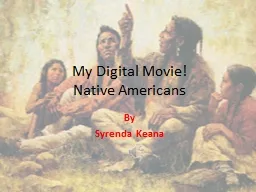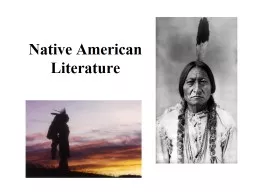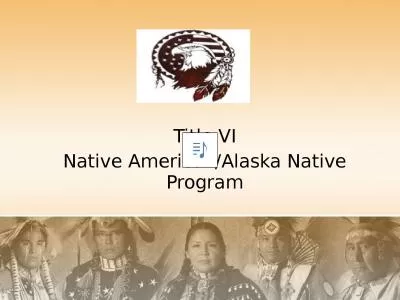PPT-My Digital Movie! Native
Author : hysicser | Published Date : 2020-06-23
Americans By Syrenda Keana Georgia Performance Standard SS4H1 The student will describe how early Native American cultures developed in North America a Locate
Presentation Embed Code
Download Presentation
Download Presentation The PPT/PDF document "My Digital Movie! Native" is the property of its rightful owner. Permission is granted to download and print the materials on this website for personal, non-commercial use only, and to display it on your personal computer provided you do not modify the materials and that you retain all copyright notices contained in the materials. By downloading content from our website, you accept the terms of this agreement.
My Digital Movie! Native: Transcript
Download Rules Of Document
"My Digital Movie! Native"The content belongs to its owner. You may download and print it for personal use, without modification, and keep all copyright notices. By downloading, you agree to these terms.
Related Documents














